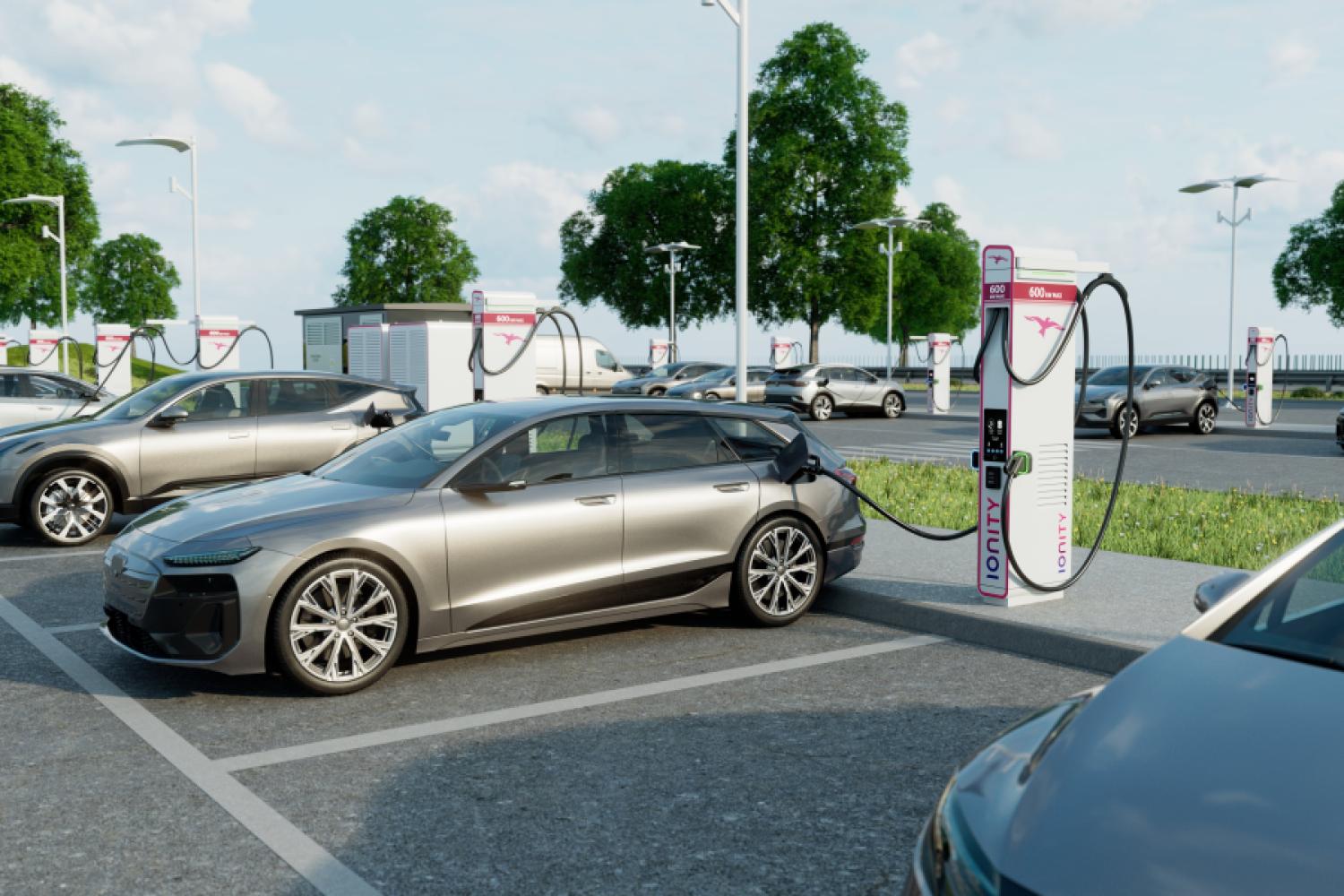Slow economic growth, increasing geopolitical tensions, tough technological competition, and looming US tariffs: The prospects for Europe's competitiveness are anything but rosy. In addition, there is the need to combat the climate crisis and its consequences. While the EU Commission presented an unprecedented package of measures primarily aimed at a drastic reduction in greenhouse gas emissions with the "Green Deal" during the last legislative period, Europe's industry is now coming into focus.
The Brussels authority will present several ideas and measures this Wednesday to put the economy back on a growth path. For instance, with the so-called Clean Industrial Deal (CID, "clean industry deal"), they aim to propose a package of measures affecting various areas from critical raw materials to international collaboration. This includes an action plan for lower energy prices. Reporting requirements for sustainability and investment guidelines are to be simplified.
What does the EU Commission propose? An overview.
Focus on green technologies
The focus of the Clean Industrial Deal is on energy-intensive industries and clean, green technologies ("clean-tech") such as wind turbines, according to a draft available to the German Press Agency. The Commission is banking on 40 percent of green technologies being manufactured in the EU in the future. According to the draft, it also plans to propose by the end of 2026 to revise the public procurement directive so that price is no longer the sole deciding factor for a bidder.
Affordable energy
High energy prices in Europe are causing difficulties for the industry. With an action plan for affordable energy, the EU Commission aims to lower prices and advance the expansion of green energy. To this end, competition rules are to be simplified, as indicated in a draft of the plan also available to the German Press Agency. For lower electricity costs, the Commission calls on member states to reduce electricity taxes, among other measures.
More recycling
From the Commission's perspective, Europe should proceed more strategically in procuring essential raw materials to drastically reduce dependencies and avoid supply disruptions, as stated in the draft. This means, among other things: more recycling. 25 percent of so-called strategic raw materials should come from recycling by the end of the decade. To support this, a law is to be enacted by the end of 2026 to create an internal market for waste and reusable materials.
Less reporting requirements
According to a draft also available to the German Press Agency, the EU Commission intends for future EU sustainability reporting requirements to apply to fewer companies, such as no longer including small and medium-sized enterprises. The authority also intends to revise the EU supply chain law. As evident from the draft, it may propose reducing certain obligations.
Markus Ferber, MEP from the CSU, said that sustainability reporting had "gotten out of hand" in recent years. The economic politician added, "The bureaucratic wave that is rolling towards our companies with the European supply chain law and sustainability reporting is enormous." The Commission is right in tidying up here. These are very substantial proposals that must not be dissipated in the legislative process.
Financing
For the green transformation, according to the Commission, triple-digit billion investments in energy, industry, and transport are necessary, as stated in the draft for the Clean Industrial Deal. Among other things, the allocation of state aid is to be facilitated. However, in addition to public funds, the Commission aims to primarily utilize private capital.
As evident from a draft obtained by dpa for the simplification of investments, the authority intends to increase InvestEU, the EU's long-term financing program, by 2.5 billion euros to 28.6 billion euros in EU guarantees. With this, they hope to stimulate at least 50 billion euros in private investments. Through guarantees from the EU budget, InvestEU secures loans from the European Investment Bank (EIB) and other financial institutions.
Commission adheres to climate goals
With all the measures, the EU Commission sticks to the goal of making the community of states climate-neutral by 2050 – that is, emitting no more greenhouse gases than can be reabsorbed. According to the draft, the intermediate target of a 90 percent reduction in greenhouse gases by 2040 is also to be upheld. This intermediate goal has so far been a recommendation of the EU Commission, a binding legislative proposal is still pending.






